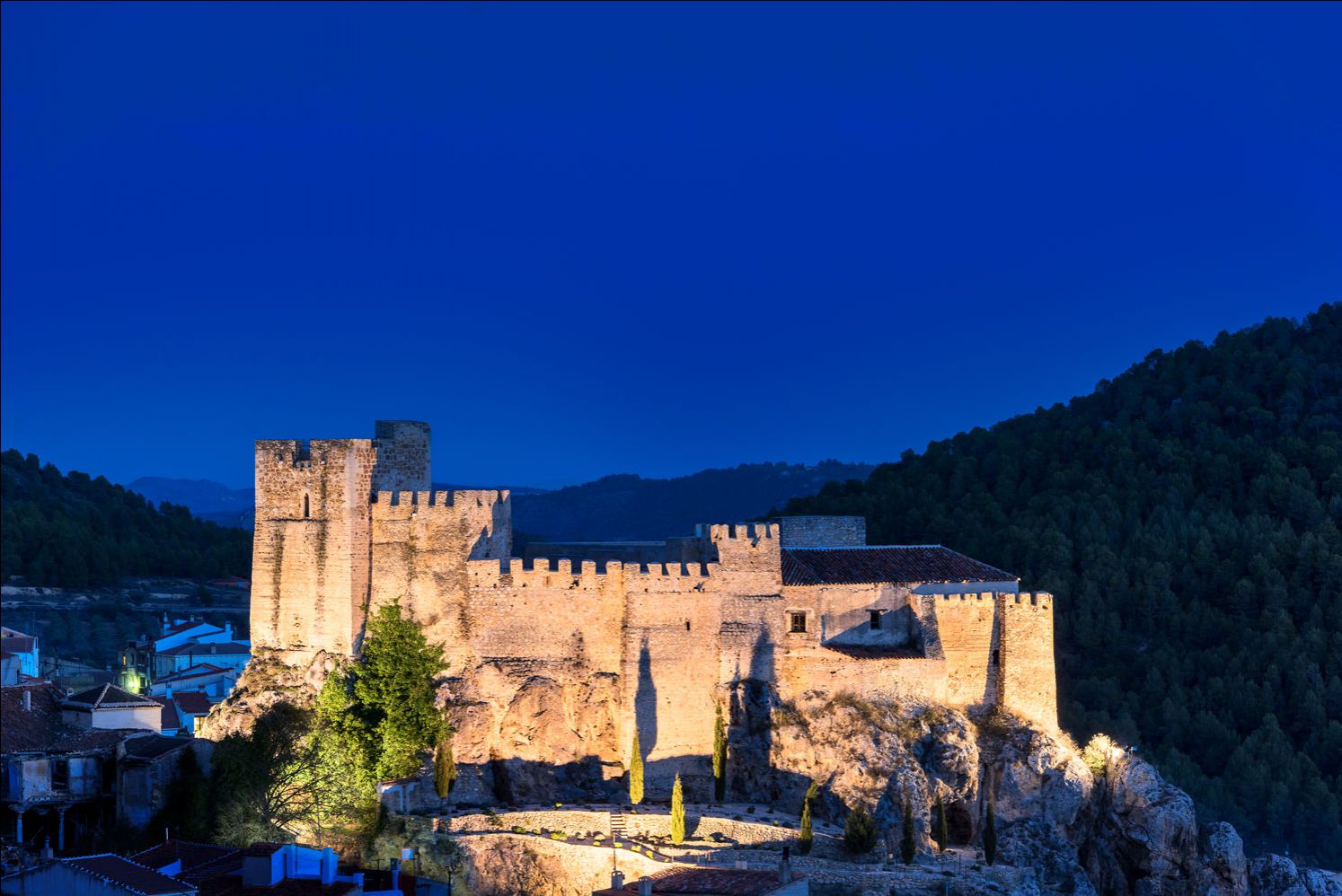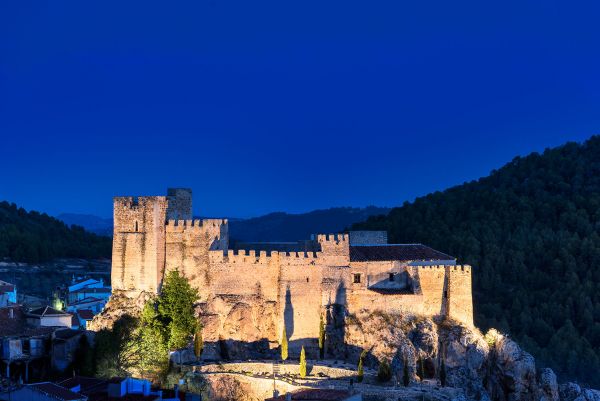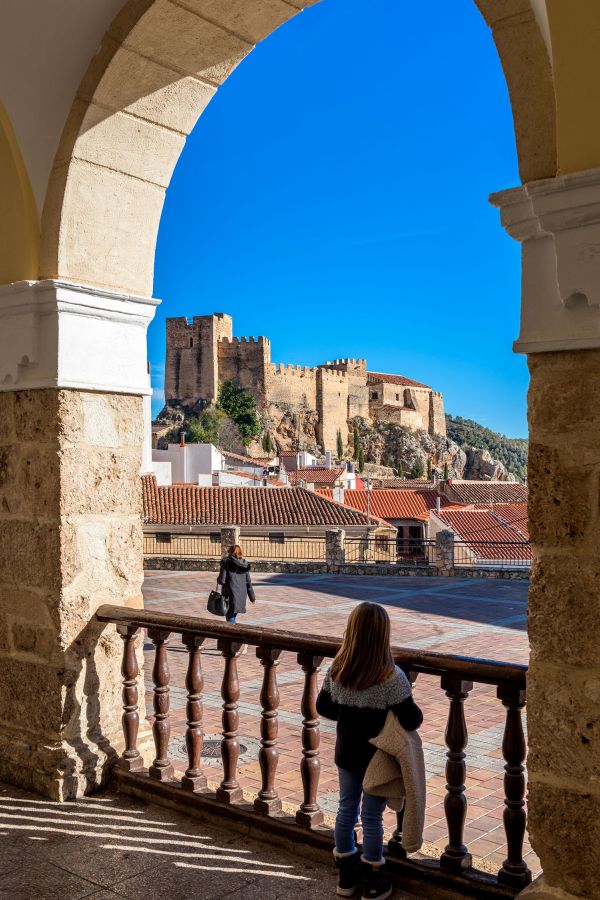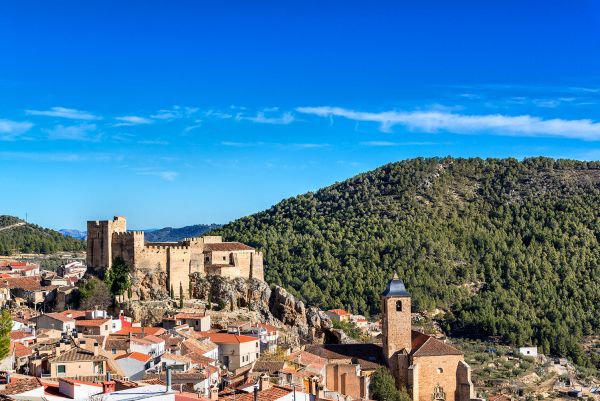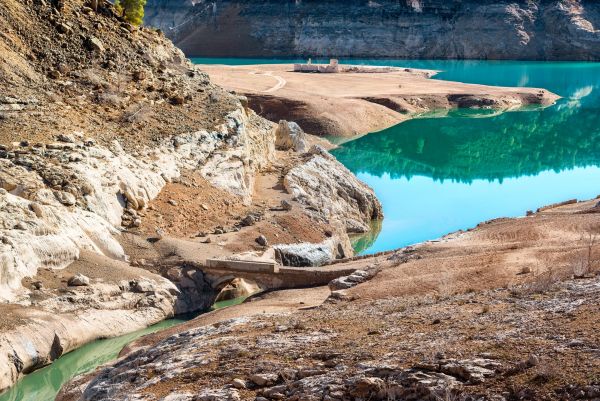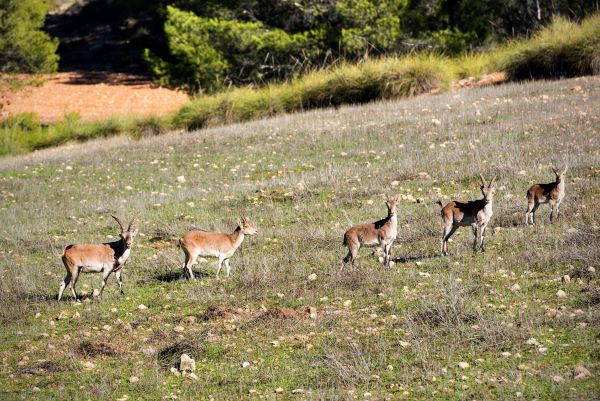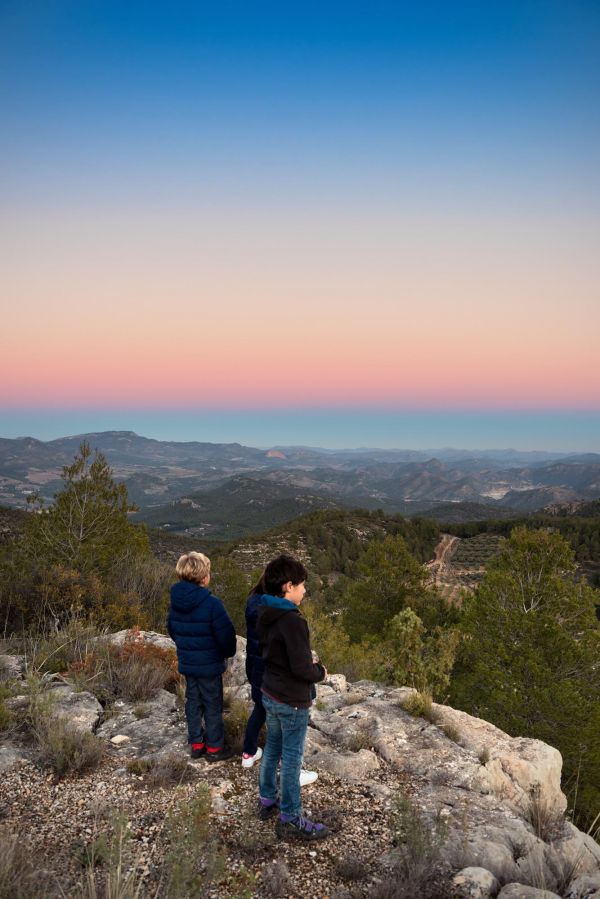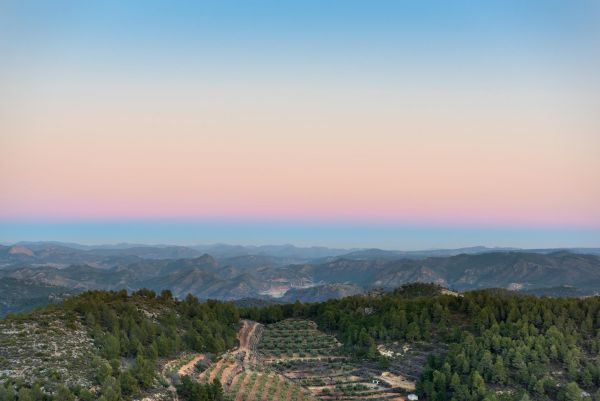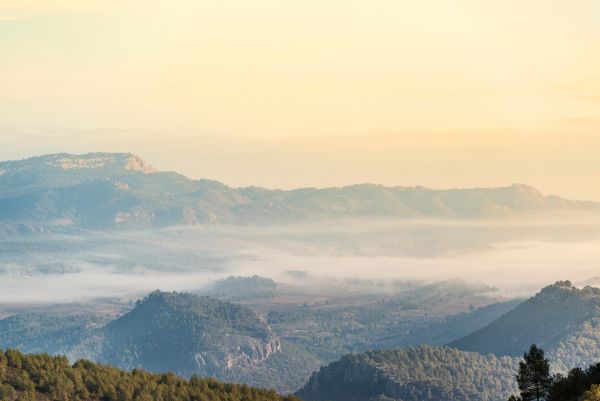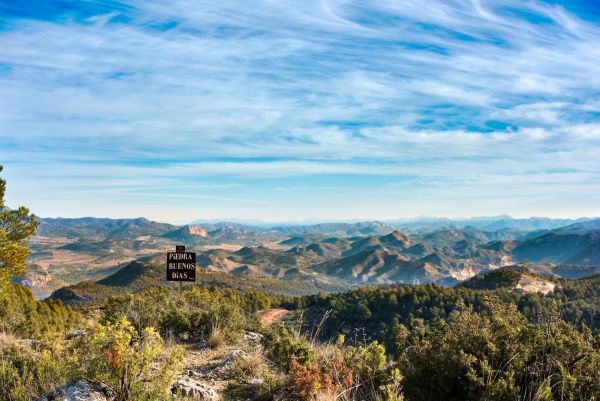Yeste and its natural beauty
Albacete
Yeste is a lovely town nestled atop the San Bartolomé hill above the deep valley formed by the Segura and Tus rivers, surrounded by natural scenery of great beauty.
Yeste is divided into over 80 small villages blending Murcian, Castilian, Andalusian, Christian and Moorish influences, which bear witness to several years as a border area between the kingdoms of Murcia, Castile and Granada. Both the natural and cultural heritage on display in this town are varied and extremely rich.
The Segura river zone to the south of the municipality is extensive, with large mountains and extensive pine forests. The Tus river valley is steeper, narrower and takes less time to visit. It is part of the Calares del Mundo y de la Sima Natural Park. The two rivers, with clean, crystalline waters, meet at the Fuensanta reservoir. The Vicaría bridge offers stunning views from the road. 38.354708, -2.262832
We are in the perfect place for rural tourism - hiking or biking: there is a wide variety of bathing areas and lookout points, paths and routes for exploring.
This is the case even in Yeste’s city centre, where we can visit the Ardal and Tinjarra Nature Reserve, with free entry, as these are public forests; there are roads signposted for mountain biking and hiking; you can travel up to the spring and refuge on mount Ardal by car and enjoy sweeping views of the whole area; or eat at the facilities of the Tobica spring or the old Tinjarra camp site...
As well as the beauty of the rocky outcrops and the endless pine forests, the big difference in the elevations of the mountains has created vegetation extremely rich and varied in species. At the foot of mount Ardal, there is the Interpretation Centre for the nearby Calares Natural Park.
If you liking hiking, there are several routes starting out from the town. We recommend two, along the banks of the Segura and Tus rivers.
From the foot of the castle, the path begins that takes you to the walkway over the Segura river built in 1935 and known as the Vizcaino Bridge. The hike follows the royal road of Barranco del Oro (the Golden Ravine), ascending via Altico, where the views over Yeste and the Molares mountains are picture perfect.
Attention: given the state of conservation of the Vizcaino bridge, we don’t recommend transit due to the risk of falls.
Alternatively, along the Tus river, to the suspension bridge, via the towns of Jartos and Boche, there is an interesting route for mountain biking and hiking that begins at the Pinico spot and ends at the suspension bridge over the river, built in 1935, and with stunning views over the Fuensanta reservoir from the peaks, alongside the Cerro de Rala Nature Reserve.
The Cerro de Rala Nature Reserve is one of the most striking and elevated landscapes in the region, a steep, extensive plateau, a formation common in the Segura mountains. The region boasts impressively beautiful scenery, with the Calar del Mundo massif as the backdrop, and idyllic mountain villages such as Llano de la Torre, Rala, El Cortijo de la Juliana, Jartos, Boche, Los Collados, Raspilla, etc.
There are two particularly noteworthy neighbourhoods in the Yeste city centre: San Juan and Santiago, spread out in old, narrow streets, cobblestones adorned with geraniums, basil and rose bushes.
This tapestry features the imposing 12th-century castle, with a solid, sturdy appearance with many walls and towers, and a magnificent inner double-gallery weapons courtyard. The current castle has been renovated and in its old dungeons, there is a an ethnological museum; it has several rooms used for exhibitions, and public and cultural events.
The Church of the Assumption is a 16th-century temple blending Gothic and Renaissance styles.
The highlights of our stroll include the Renaissance-period town hall, the Vicaría Palace, residence of the Santiago vicars since its construction in the second half of the 16th-century to the 19th century; the Convent of the Franciscanos Descalzos (Barefoot Franciscan Monks), which contains the tourist office inside, and the various stately homes spread around the town.
In the last weekend in October, the whole town celebrates its Popular Traditions Festival, which showcases customs, traditions, folklore, cuisine and traditional crafts, many which have been lost over time.
Lastly, we recommend an excursion to the Tus Spa area, 13 kilometres from the city centre, offering an extensive range of treatments and different tourism activities for active people.
May also be of interest to you
Castilla-La Mancha Tourism in 2023. All rights reserved.

 365
365
